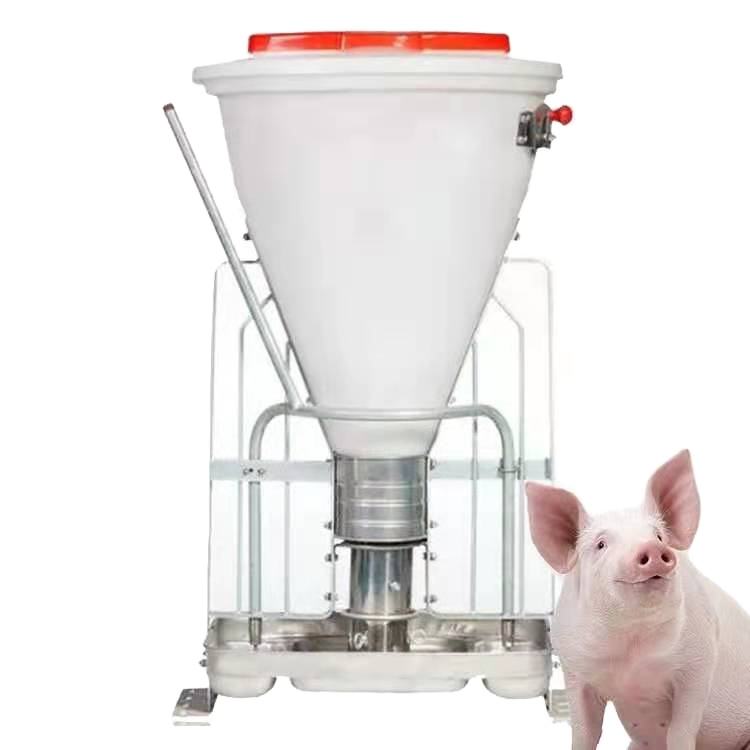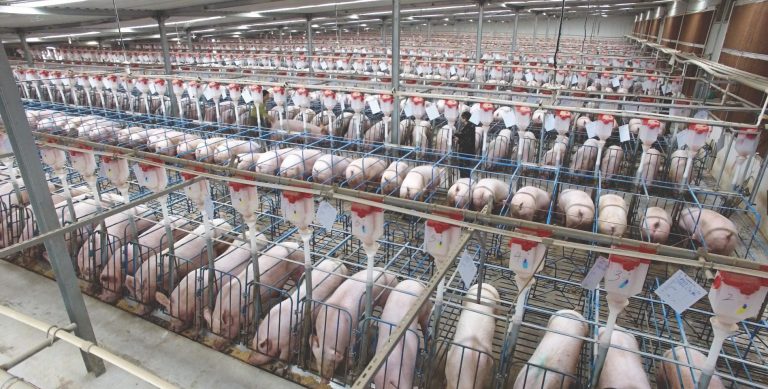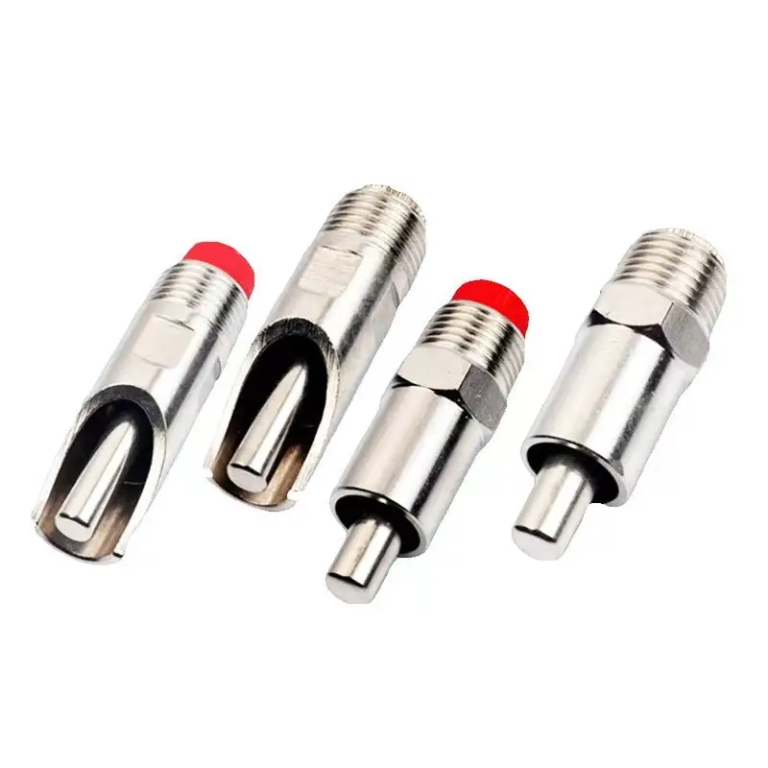- Hanging Straw Curtains on Pigsty Doors and Windows
Before the onset of winter, cover the pigsty doors and windows with straw curtains or entirely with plastic sheets to provide warmth and cold protection.
- Maintenance of Pigsties
Winter brings intrusions of cold winds into pigsties, causing pigs to catch colds or suffer from pneumonia. Therefore, pigsties should be inspected and repaired in autumn to promptly address any deficiencies.
- Providing Warm Nesting Spaces for Pigs
Dig a flat trench approximately 50 centimeters deep, lay down a layer of soft grass, cover it with straw, and create a warm nesting spot for piglets. Alternatively, build a grass shed, fill it with soft dry hay, and let pigs snuggle in for warmth.
- Constructing Plastic Shelters
Plastic shelters are advantageous due to their low cost, high efficiency, and ease of construction. Depending on the circumstances and available space, these shelters can be implemented in a decentralized pig farming setting. The translucent plastic increases temperature by approximately 5°C, aiding in pig growth and weight gain.
- Adding Traditional Chinese Medicine to Feed
Incorporate Chinese medicinal herbs with blood-activating, spleen-strengthening, moisture-drying, wind-expelling properties into the feed. This not only facilitates rapid pig fattening but also provides cold resistance and disease prevention. A mixture of Atractylodes, tangerine peel, hawthorn, areca husk, fermented grains (10 grams each), licorice, Sichuan chinaberry, siler, Schizonepeta, and pricklyash peel (60 grams each), with 8 grams of Akebia, can be administered once in the morning with a small amount of feed, once a week.
- Insulating Pigsties
For enclosed pigsties with a ceiling height of 1.8-2.0 meters from the ground, add sawdust and rice husks to the roof and lay grass on the floor for pigs to rest. Install ventilation openings between every two sections of the roof to expel ammonia and dampness from the sty.
- Maintaining Dryness in Pigsties
Higher humidity within pigsties induces a feeling of coldness among pigs and increases the likelihood of respiratory diseases, skin ailments, infectious diseases, and parasitic infections. To prevent rain leakage and dampness, frequently change and replace dry grass and loose soil in the sty. Ensure designated areas for pigs to excrete waste, keeping their resting spots clean and dry, thus providing a comfortable living environment and fostering the growth and health of fattening pigs during winter.
- Increasing Stocking Density
During winter, the number of pigs kept in a sty can be increased by 1/3 to 1/2 compared to normal conditions. Introduce new pigs into the sty after dusk, spraying them with a low-concentration alcoholic or fragrant mist before grouping to prevent fighting. Carefully observe the pigs for a few hours to prevent conflicts.




